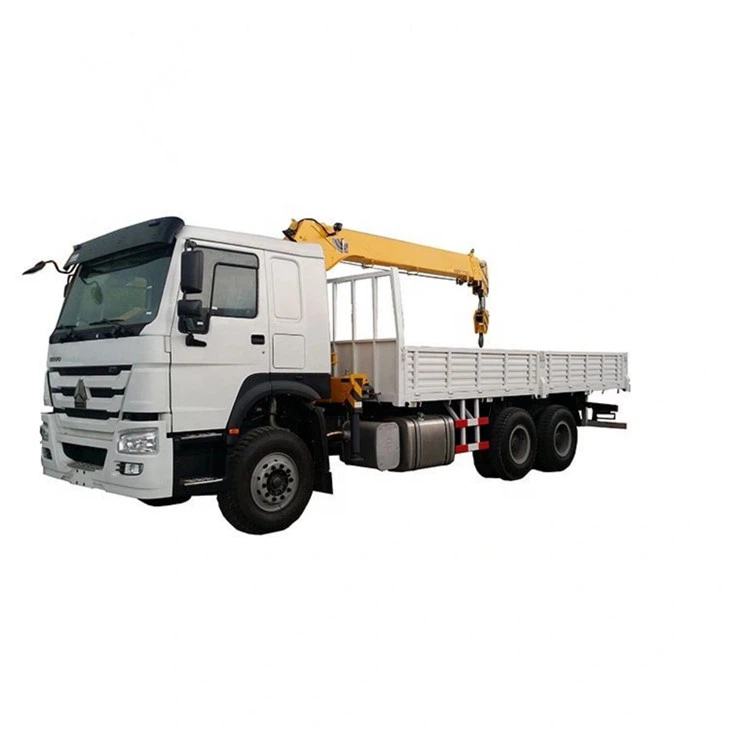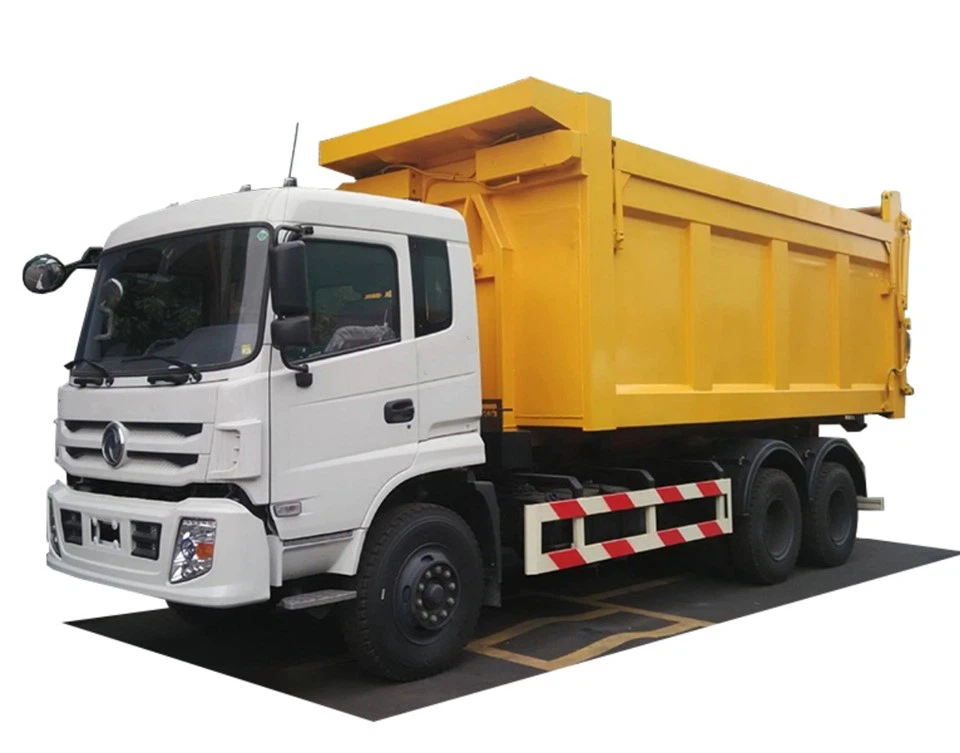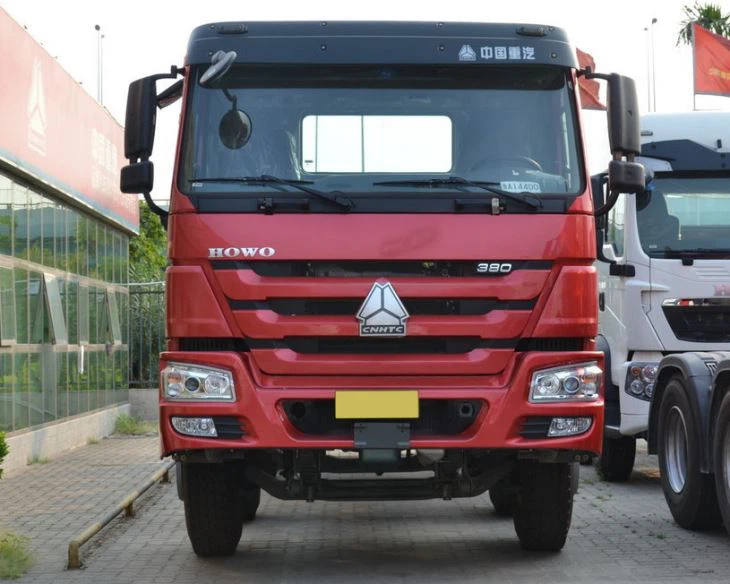Broom Truck: A Comprehensive Guide to Understanding and Utilizing This Versatile Vehicle

Introduction
The broom truck is a specialized vehicle designed primarily for street cleaning and maintenance. Also known as a street sweeper, a broom truck is an essential tool for municipalities, construction sites, and various industrial applications. It combines advanced cleaning technology with maneuverability, making it perfect for urban environments and tight spaces. In this article, we will explore the various types of broom trucks, their features, applications, and much more. This comprehensive guide aims to provide valuable insights into how these vehicles work and why they are crucial for maintaining clean and safe environments.
Understanding Broom Trucks
What is a Broom Truck?
A broom truck, or street sweeper, is a vehicle designed to clean and maintain outdoor surfaces such as streets, parking lots, and sports fields. These vehicles are equipped with rotating brushes and vacuum systems that effectively remove debris, dirt, leaves, and litter. Broom trucks can significantly enhance the cleanliness of an area, providing not just aesthetic benefits but also improving safety and hygiene.
Types of Broom Trucks
Broom trucks come in various designs and configurations to meet different cleaning needs. Here are the primary types:
- Mechanical Broom Trucks: These trucks use rotating brushes to sweep debris into a collection hopper.
- Suction Broom Trucks: In addition to brushes, these trucks have vacuum systems to suck up fine dust and small particles, making them ideal for urban settings.
- Water Broom Trucks: These vehicles apply water to suppress dust while sweeping, making them highly effective for both cleaning and dust control.
- Compact Broom Trucks: Smaller models are available for tight areas such as sidewalks and bike paths.

Key Features of Broom Trucks
Cleaning Mechanism
Most broom trucks utilize a combination of brushes and suction mechanisms. The brushes rotate to dislodge dirt and debris from the pavement, while the suction system collects the refuse into a storage compartment. This dual-action ensures a thorough cleaning process.
Size and Maneuverability
Broom trucks vary in size, from large models designed for highways to compact versions suitable for narrow streets and small spaces. The maneuverability of these vehicles is essential for effective operation in crowded urban environments.
Operator Comfort and Technology
Modern broom trucks are equipped with user-friendly controls, air conditioning, and ergonomic seating to enhance operator comfort. Additionally, advanced models feature digital displays to monitor performance and maintenance needs.
Applications of Broom Trucks
Municipal Use
Many cities and towns employ broom trucks for regular street cleaning, especially after events or during seasonal changes. This helps keep public spaces clean and safe for residents and visitors.
Construction Sites
Construction sites often create significant debris and dust. Broom trucks are used to maintain the cleanliness of construction zones, ensuring safety and compliance with regulations.
Commercial Properties
Retail environments, shopping malls, and large commercial properties frequently require ongoing maintenance. Hiring a broom truck service can help maintain a professional appearance and promote hygiene.
Benefits of Using a Broom Truck
Enhanced Cleanliness
A clean environment is crucial for the health and safety of the community. Regular use of broom trucks helps to reduce dirt and debris accumulation.
Increased Safety
Debris on the roads can pose hazards for pedestrians and vehicles. Broom trucks significantly minimize these risks through regular cleaning.
Environmental Impact
By using water and suction, broom trucks can reduce airborne dust particles, improving air quality in urban areas. This is particularly beneficial during dry or windy conditions.
How to Choose the Right Broom Truck
Assess Your Needs
Determine the areas you will be cleaning and the type of debris you commonly encounter. This will help assess whether you need a mechanical, suction, or water broom truck.
Consider Size and Power
The size of the broom truck should match the spaces you need to clean. Larger models may be more powerful but less maneuverable, while smaller models may lack the capacity for extensive cleaning.
Evaluate Features and Technology
Look for features that enhance efficiency and ease of use, such as digital dashboards and comfortable cabins. Newer models often come equipped with advanced technology for better performance.
Maintenance of Broom Trucks
Regular Inspections
Routine inspections are necessary to ensure that all mechanical parts, brushes, and suction systems are functioning correctly. Regular checks can help identify issues before they become serious problems.
Cleaning and Care
Proper cleaning of the brushes and internal components after each use prolongs their lifespan. Mud and debris can quickly wear out parts if left unchecked.
Scheduled Service
Follow a scheduled maintenance plan to address any wear and tear. This includes checking fluid levels, changing filters, and inspecting electrical components.
Practical Examples and Tips for Using a Broom Truck
Effective Routes for Street Cleaning
When planning street cleaning routes, consider the times of day when traffic is lowest. Early mornings or late evenings are typically ideal for urban areas.
Utilizing a Schedule

Establish a routine cleaning schedule. Regular maintenance on neighborhoods, parks, and business districts can improve overall cleanliness.
Training for Operators
Ensure that all operators receive training on the proper use and maintenance of broom trucks. Safety precautions and operational efficiency are crucial for optimal performance.

Frequently Asked Questions (FAQs)
What is the average cost to rent a broom truck?
The rental cost for a broom truck can vary widely depending on the type, size, and duration of rental, typically ranging from $200 to $1,000 per day.
How often should streets be cleaned with a broom truck?
The frequency of street cleaning depends on the area’s traffic and debris accumulation, but a common guideline promotes cleaning at least once a month.
Can broom trucks operate in all weather conditions?
While broom trucks can operate in various weather conditions, extreme weather (heavy rain or snow) may limit their effectiveness.
Is it better to buy or lease a broom truck?
The decision to buy or lease depends on budget and usage frequency. Leasing can be more economical for temporary needs, while purchasing may benefit long-term use.
What maintenance does a broom truck require?
Regular maintenance includes checking fluid levels, inspecting brushes, cleaning filters, and routine operational checks. Ideally, follow a maintenance schedule to prevent breakdowns.
Are there specific regulations for operating broom trucks in urban areas?
Yes, municipalities may have specific regulations regarding street cleaning operations, including timing, noise restrictions, and environmental considerations, which should be followed closely.
